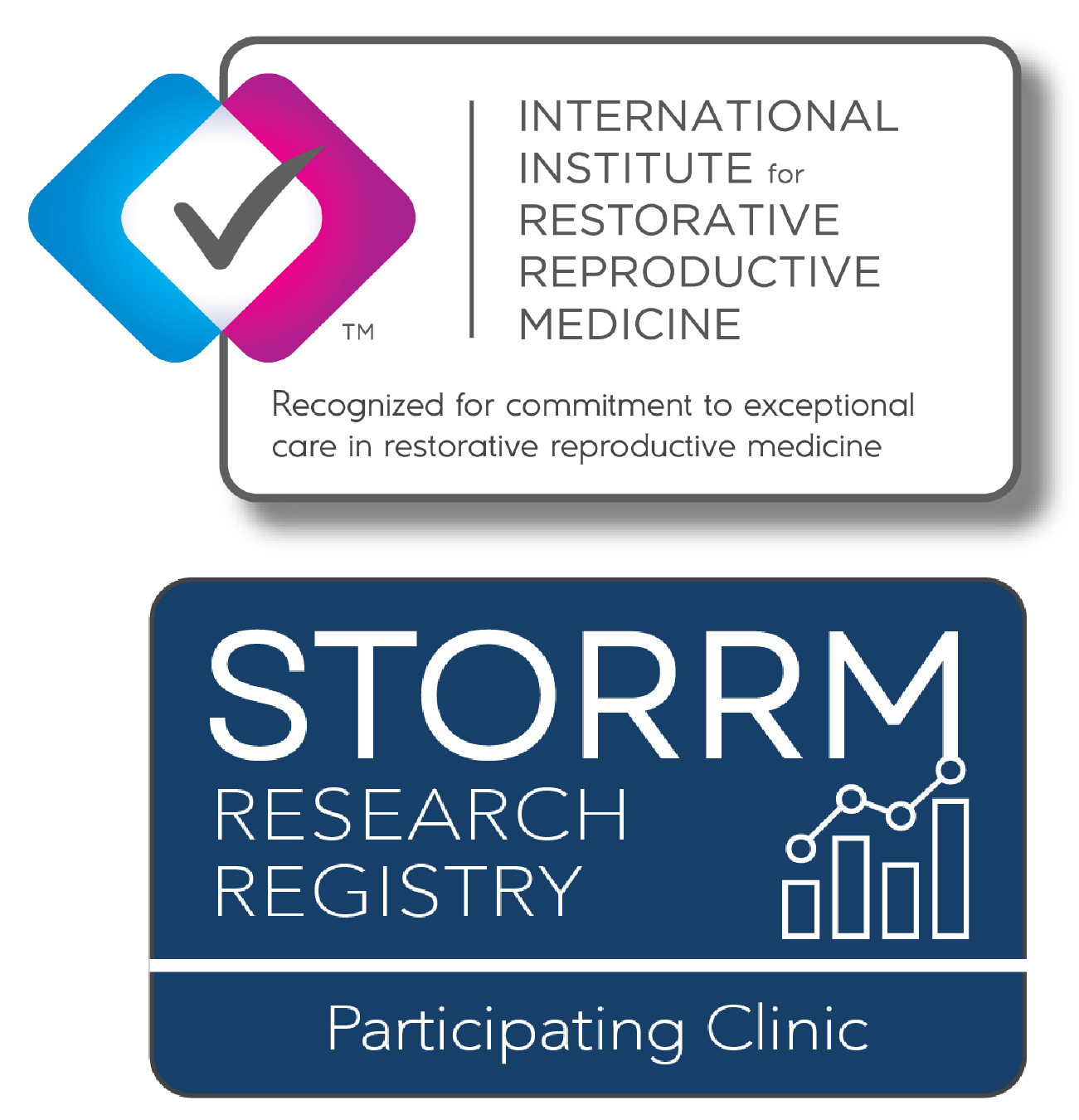Reply’s program of restorative reproductive medicine (RRM) provides care that is a win-win for employers and employees. Compared to assisted reproductive technology such as IVF, RRM is:
- less invasive
- less expensive
- at least as effective
- better for mother and baby's health
For a fraction of the cost of IVF, Reply delivers effective, evidence-based, holistic care, with no joining fee.
“This is about helping couples
have a baby
naturally and healthily.”
–Dr. Phil Boyle, President
International Institute for Restorative Reproductive Medicine
Competitive, compassionate care
To support employee wellness and maintain a competitive edge in the talent market, it is becoming increasingly essential for employers to offer fertility benefits. In the U.S., 1 in 8 couples faces infertility—an experience that can be devastating and distracting, affecting not only personal well-being but performance and productivity at work.
Reply’s care aims to optimize reproductive and overall health so patients can conceive naturally and have a healthy pregnancy. Our evidence-based program includes RRM medical treatment as well as health coaching to improve lifestyle factors such as nutrition, exercise, sleep, and stress management.
In contrast to IVF that is designed to bypass underlying conditions, RRM is designed to identify and treat underlying conditions. We know couples struggling with infertility typically have 4-6 underlying conditions, and we start our evaluation assessing for 55 different underlying factors. We do not accept “unexplained infertility.”
As underscored in The Economist and elsewhere, there are good reasons for employers to consider alternatives to IVF when mapping employee medical benefits.

Making babymaking better: A special report on the future of fertility
“The process [of IVF] remains grueling and costly. It is physically painful for women, and emotionally draining for both sexes....All too often, the pain and the cost come to nothing.”
-- The Economist, July 22, 2023




